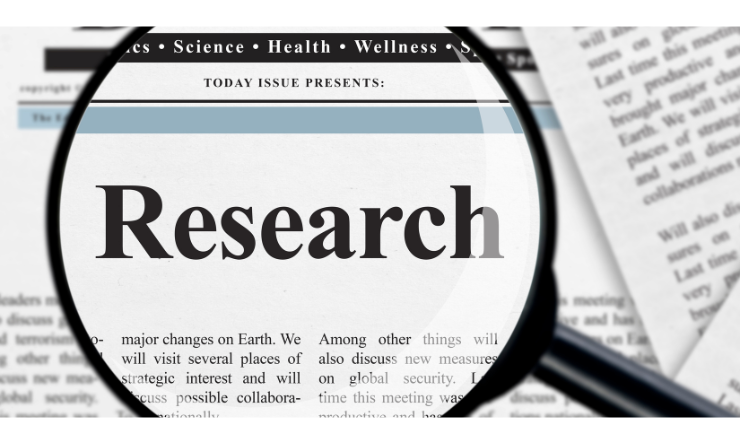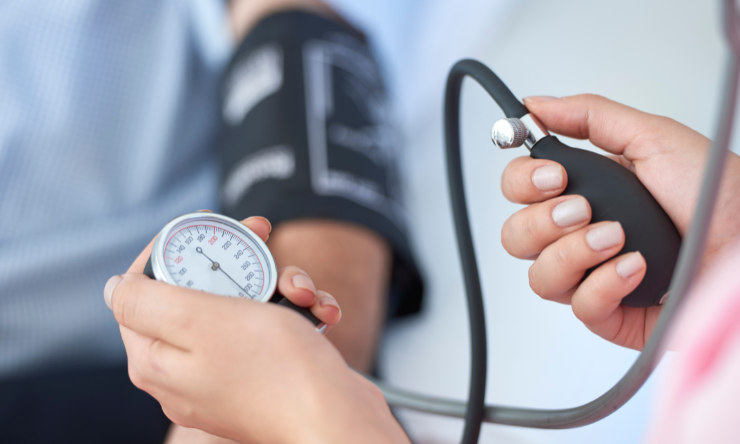Share
Smartphones could be used to scan people’s eyes for early-warning signs of glaucoma – helping to prevent severe ocular diseases and blindness, a new study reveals.

Some of the most common eye-related diseases are avoidable and display strong risk factors before onset, but it is much harder to pinpoint a group of people at risk from glaucoma.
Glaucoma is associated with elevated levels of intraocular pressure (IOP) and an accurate, non-invasive way of monitoring an individual’s IOP over an extended period would help to significantly increase their chances of maintaining their vision.
Soundwaves used as a mobile measurement method would detect increasing values of IOP, prompting early diagnosis and treatment.
Scientists at the University of Birmingham have successfully carried out experiments using soundwaves and an eye model, publishing their findings in Engineering Reports.
Co-author Dr. Khamis Essa, Director of the Advanced Manufacturing Group at the University of Birmingham, commented: “We discovered a relationship between the internal pressure of an object and its acoustic reflection coefficient. With further investigation into eye geometry and how this affects the interaction with soundwaves, it is possible to use a smartphone to accurately measure IOP from the comfort of the user’s home.”
Risk factors for other eye diseases are easier to assess – for example, in the case of diabetic retinopathy, individuals with diabetes are specifically at risk and are constantly monitored for tiny bulges that develop in the blood vessels of the eye.
The current ‘gold standard’ method of measuring IOP is applanation tonometry, where numbing drops followed by non-toxic dye are applied to the patient’s eyes. There are problems and measurement errors associated with this method.
An independent risk factor of glaucoma is having a thin central corneal thickness (CCT) – either by natural occurrence or a common procedure like laser eye surgery.
A thin CCT causes artificially low readings of IOP when using applanation tonometry. The only way to verify the reading is by a full eye examination – not possible in a mobile situation. Also, the equipment is too expensive for most people to purchase for long-term home monitoring.
IOP is a vital measurement of healthy vision, defined as pressure created by continued renewal of eye fluids. Ocular hypertension is caused by an imbalance in production and drainage of aqueous fluid - most common in older adults. Risk increases with age, in turn increasing the likelihood of an individual developing glaucoma.
Glaucoma is a disease of the optic nerve which is estimated to affect 79.6 million people world-wide and, if left untreated, causes irreversible damage. In most cases, blindness can be prevented with appropriate control and treatment.


